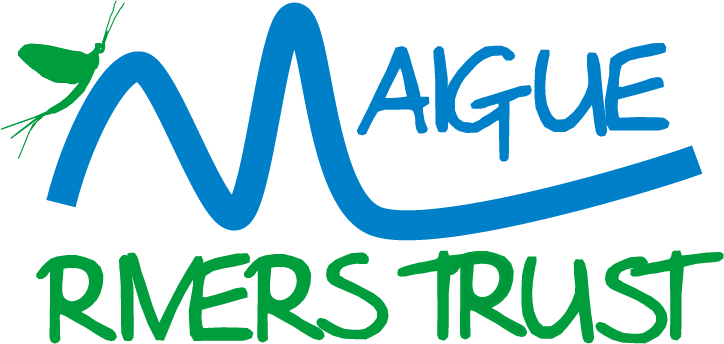Trout and Salmon Magazine visit to the Maigue Catchment
Trout and Salmon Magazine visit the Maigue Catchment in 2017 and have given us permission to share some their wonderful images Wendigo..
Trout and Salmon Magazine visit the Maigue Catchment in 2017 and have given us permission to share some their wonderful images Wendigo..
A plant of wet meadows and riversides that is unmistakable when in..
A common plant of wet meadows, lakesides riversides and open woodland. In summer it bears clusters of pink flowers with a strong sweet..
Very common by rivers and streams. Sometimes known as water hemlock because of its..
This flower is found in damp grasslands, its petals have been modified into damp strips so that they cope with harsh weather..
This plant has either purple, pink or white coloured flowers, and blooms in April. Its preferred habitat is damps fields. The Orange Tip butterfly often lays a single egg on each plant and the caterpillar feeds on the..
This is a non-native plant that is extremely invasive along..
A non-native and invasive plant that spreads along..
Mayflies are found in rivers and lakes thoughout Ireland. The name is misleading: one species the very large and conspicuous Green Drake Mayfly (Ephemera danica) appears on lakes and rivers in May around the time that hawthorn is in bloom, but there are many other smaller species that can be seen thoughout the year. In the Maigue catchment rivers, the Large Dark Olive mayfly (Baetis rhodani) is the first to appear as an adult in February, followed by the Small Dark Olive, Iron Blue, Medium Olive, Green Drake, Yellow May Dun, Fisherman’s Curse and Blue-Winged Olive. Mayflies have a complex life cycle, which involves a larval stage that lives on the river or lake bed for one or more years, and a short-lived, winged, adult stage in which mating and egg-laying takes place. The adult flies are generally olive to yellowish in colour and have a pair of large wings and a pair of smaller..
Sedge flies (or caddis flies) are the adult stage of aquatic insects known as caddis larvae. There are many different species of caddis. Many of them build tubular cases of sand grains of vegetation in which they hide (cased caddis) , while others are “caseless” or..

Recent Comments